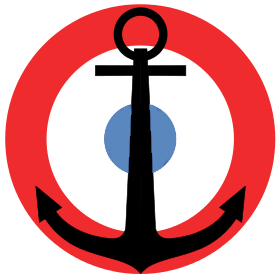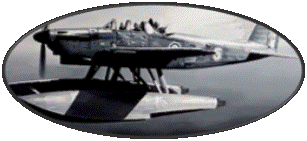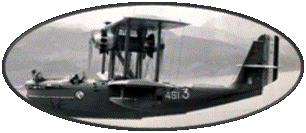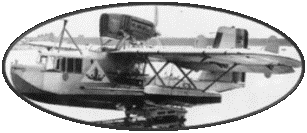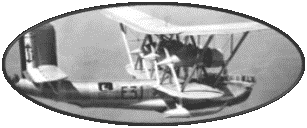History
of the Ship
The cruisers
"Duguay-Trouin", "Lamotte-Picquet" and "Primauguet"
will be the first cruisers manufactured after the 1st World War.
The design of these light cruisers, with a tonnage of 7,500 tonnes,
favored speed at the expense of protection. Thus, these ships good
sailors and very fast, they will reach 33 knots in the tests, had
a shielding of only 30mm maximum. The main armament includes 8 155mm
cannons in double turrets. Its anti-aircraft defense is made up
of 4 75mm cannons, 6 37mm cannons and 20 13.2mm machine guns. It
also receives 12 550mm torpedo tubes on 4 triple mounts. He was
boarding a Potez 452 seaplane, launched thanks to the 1.5-ton catapult
installed on the aft deck. The crew consisted of 575 crew members,
including 25 officers
The "Lamotte-Picquet",
put on hold in the shipyards of Lorient on January 17, 1923, was
launched on March 21, 1924. After very conclusive tests, it entered
service on September 1, 1926.
Captain Jean Cras, first
commander of the "Lamotte-Picquet" is an atypical character:
This one, inventor of the navigation protractor bearing his name,
is also a talented pianist and composer.
The new cruiser, first assigned
to mainland France, will carry out its first missions in South America
and Africa. In January 1936, he joined the Far East. In this theater
of operations, he participated in the Franco / Thai War in January
1941. During the battle of Koh Chang, he will face the Thai fleet,
more powerful and modern. The Cruiser "Lamotte-Picquet",
along with the advisers "Dumont d'Urville", "Amiral
Charner", "Tahure" and "Marnedes" will
come out victorious in this naval combat.
But the "Lamotte-Picquet"
shows signs of wear: its boilers must be retubed and its hull requires
repair. The basin of the port of Saigon being too small to carry
out the works, the French have no choice but to use the Japanese
yards. Ler Navire therefore entered a refit in September 1941, in
the Japanese shipyard in Osaka. The ship was placed in reserve at
the end of 1942 in the port of Saigon. At anchor on the Donnai river
in Cochinchina, it will undergo, on January 12, 1945, the attack
of American planes supposed to attack Japanese objectives. The French
cruiser, hit by numerous bombs, will eventually capsize and sink.
There will be one death and several injuries among the crew.
The wreckage of the ship
will still be there when the French definitively abandons Indochina
in 1957. Meanwhile, the spare parts, lifted from the wreckage, have
enabled its sister-ship, the Duguay-Trouin, to remain in service
more long time.
